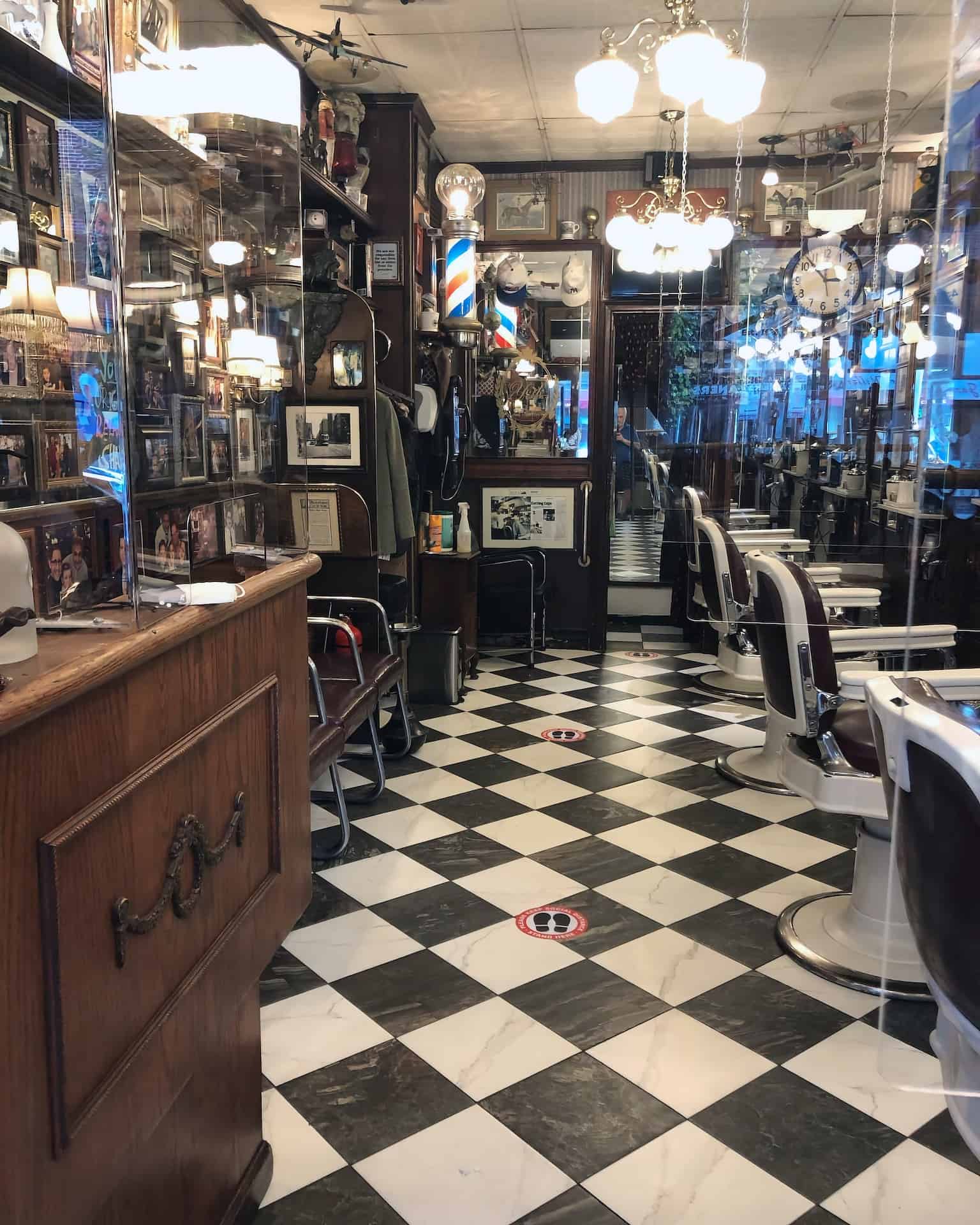One of the common frequent sanitation mistakes barbers should avoid is the recycling of personal styling instruments without adequate cleaning. Tools such as scissors, clippers, and combs can hold bacteria and viruses if they are not cleaned after each application. Barbers should consistently sanitize their instruments with appropriate cleaners or wipes between customers. Neglecting to do so might lead to the spread of diseases, which can have serious consequences for customers. Establishing a routine for sanitizing and sanitizing tools is not just a best protocol; it is a necessary aspect of upholding a safe operational setting.
Another habit to prevent is neglecting to wash one's hands regularly. Barbers interact with multiple customers in a single day, and their skin can easily pick up germs and pathogens. It is essential for stylists to wash their skin meticulously with soap and liquid before and after every client. Additionally, using hand sanitizer can be an effective method to further reduce the transmission of pathogens. Skipping this step can endanger client security and may lead in diseases or ailments that could have been easily prevented.

Adequate sanitation of the barber shop setting is also critical. Barbers should avoid ignoring surfaces that visit here are frequently handled, such as seats, work surfaces, and waiting area chairs. These areas should be disinfected and sanitized regularly to minimize the risk of cross-contamination. Establishing a disinfection schedule can help barbers maintain a hygienic setting. This practice not only protects customers but also enhances the overall experience, allowing customers feel more at ease and valued.
Additionally, stylists should avoid using items that have not been stored or handled correctly. Hair visit site products such as gels, hair sprays, and serums can become tainted if they are left unsealed or incorrectly kept. It is crucial for stylists to examine use-by dates and to keep products in a cool, arid place. Discarding any outdated or questionable products is vital to ensure client well-being. Using contaminated items can cause to dermal reactions or allergic responses, which can tarnish a barber's reputation and harm clients.
In, barbers have a duty to maintain high standards of sanitation to ensure the safety and health of their clients. By preventing the reuse of unsanitized instruments, neglecting hand hygiene, overlooking surrounding sanitation, and utilizing inappropriately kept products, stylists can establish a secure and welcoming atmosphere. Recognizing and applying these essential hygiene practices not only protects clients from infections but also cultivates trust and loyalty. A sanitary barber shop is a thriving barbershop, in which both barbers and clients can feel assured and safe.